

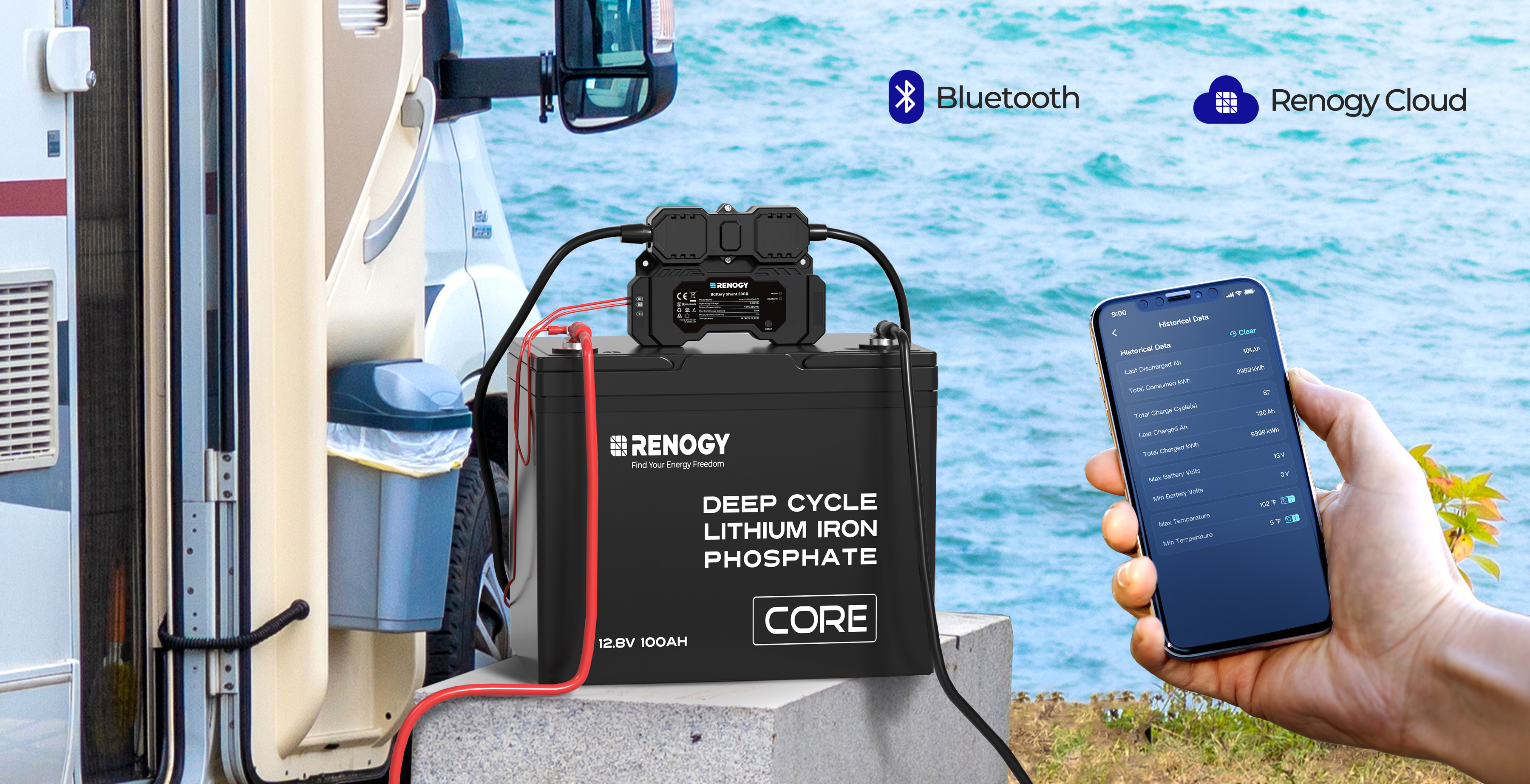


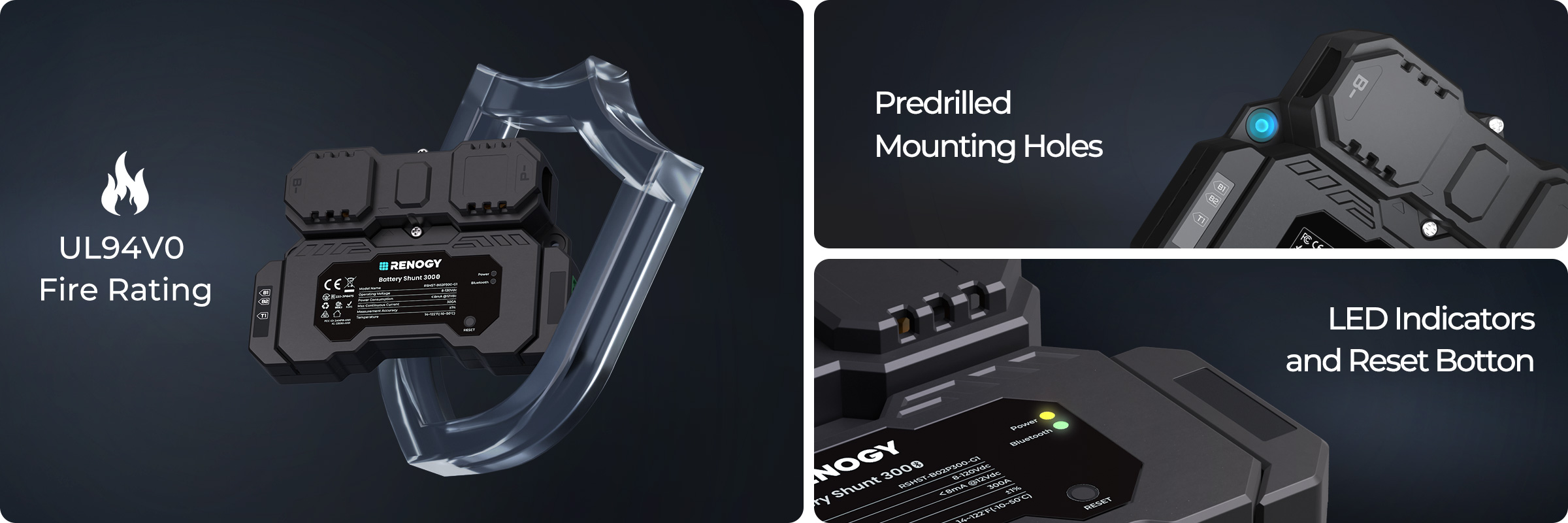
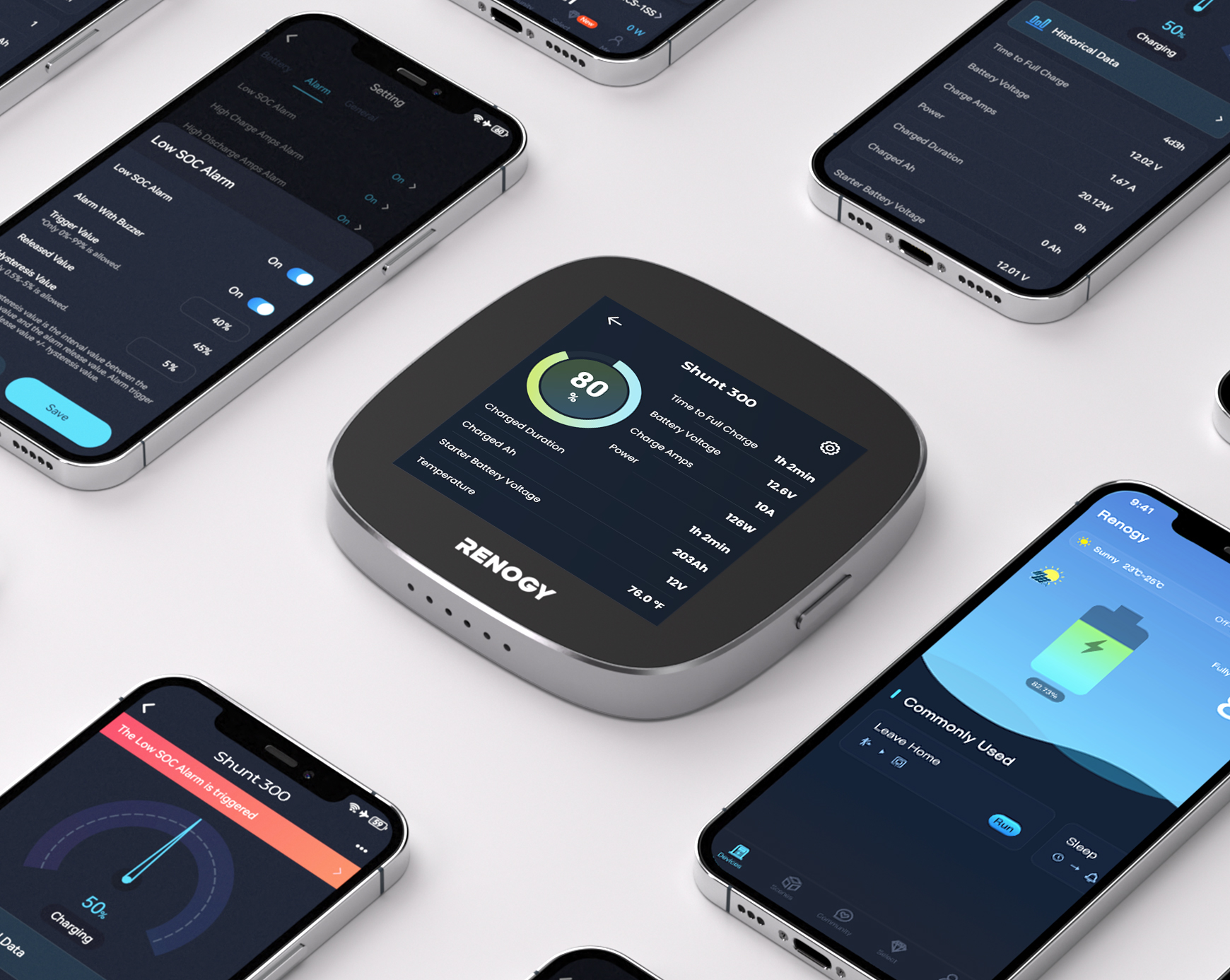

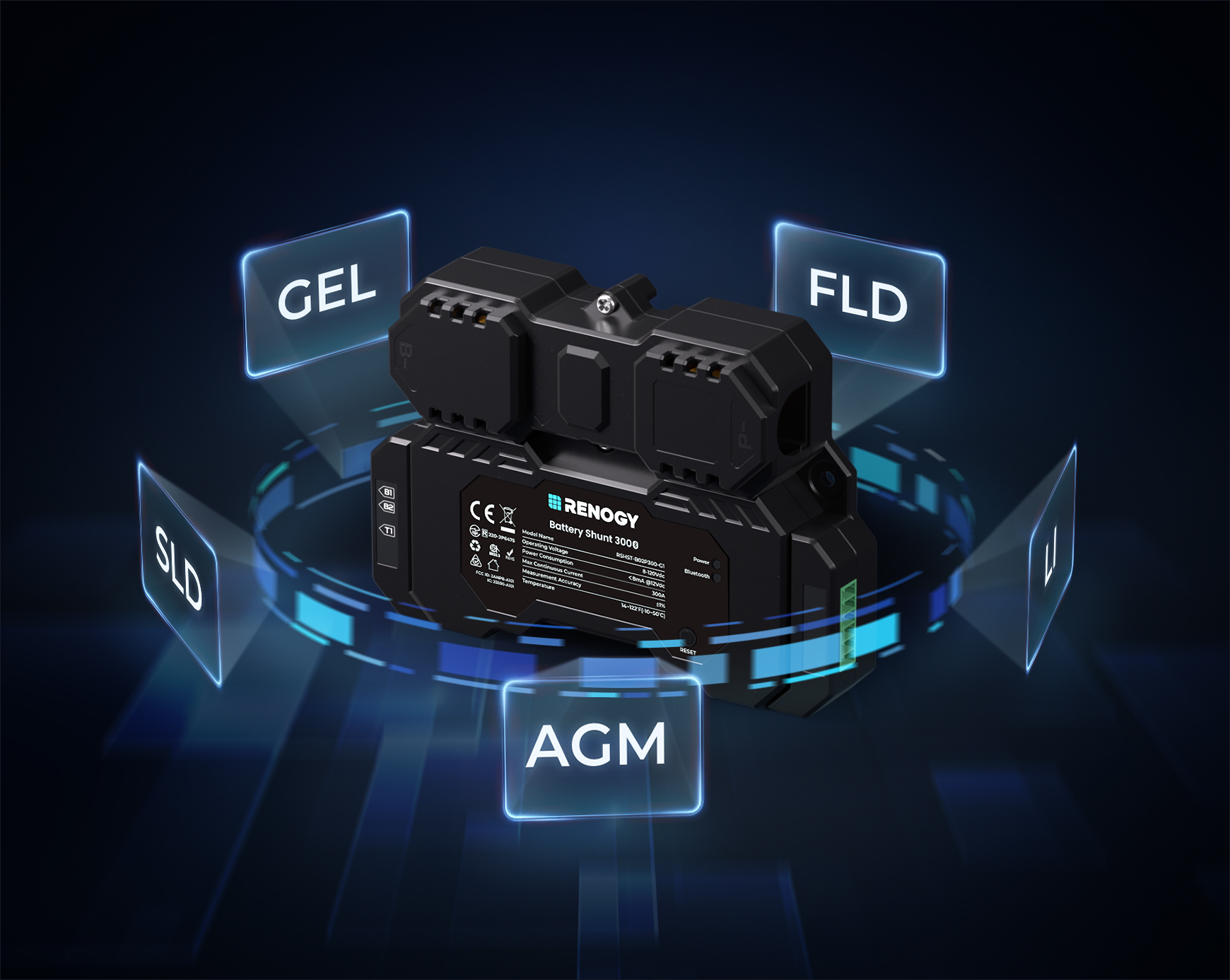

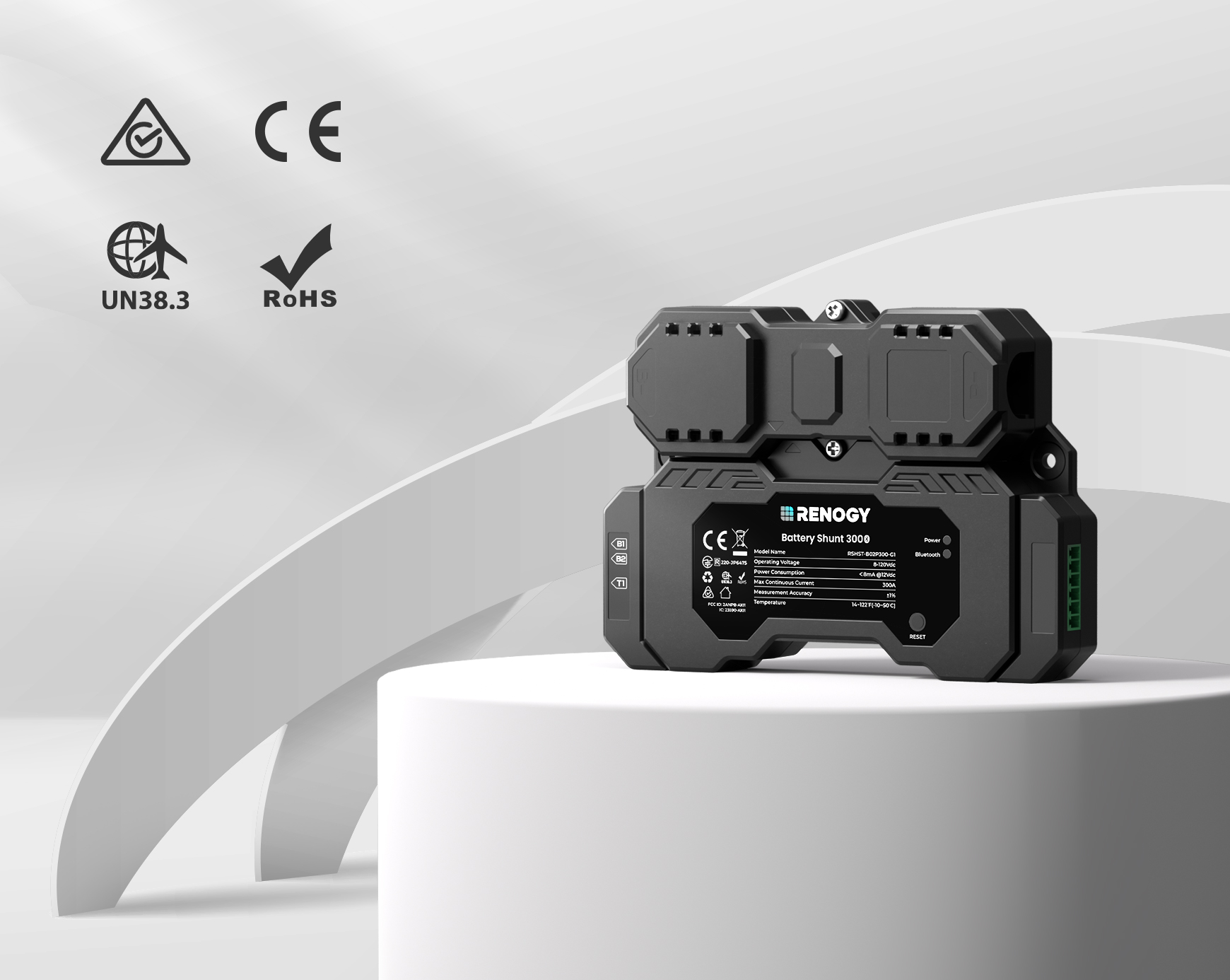

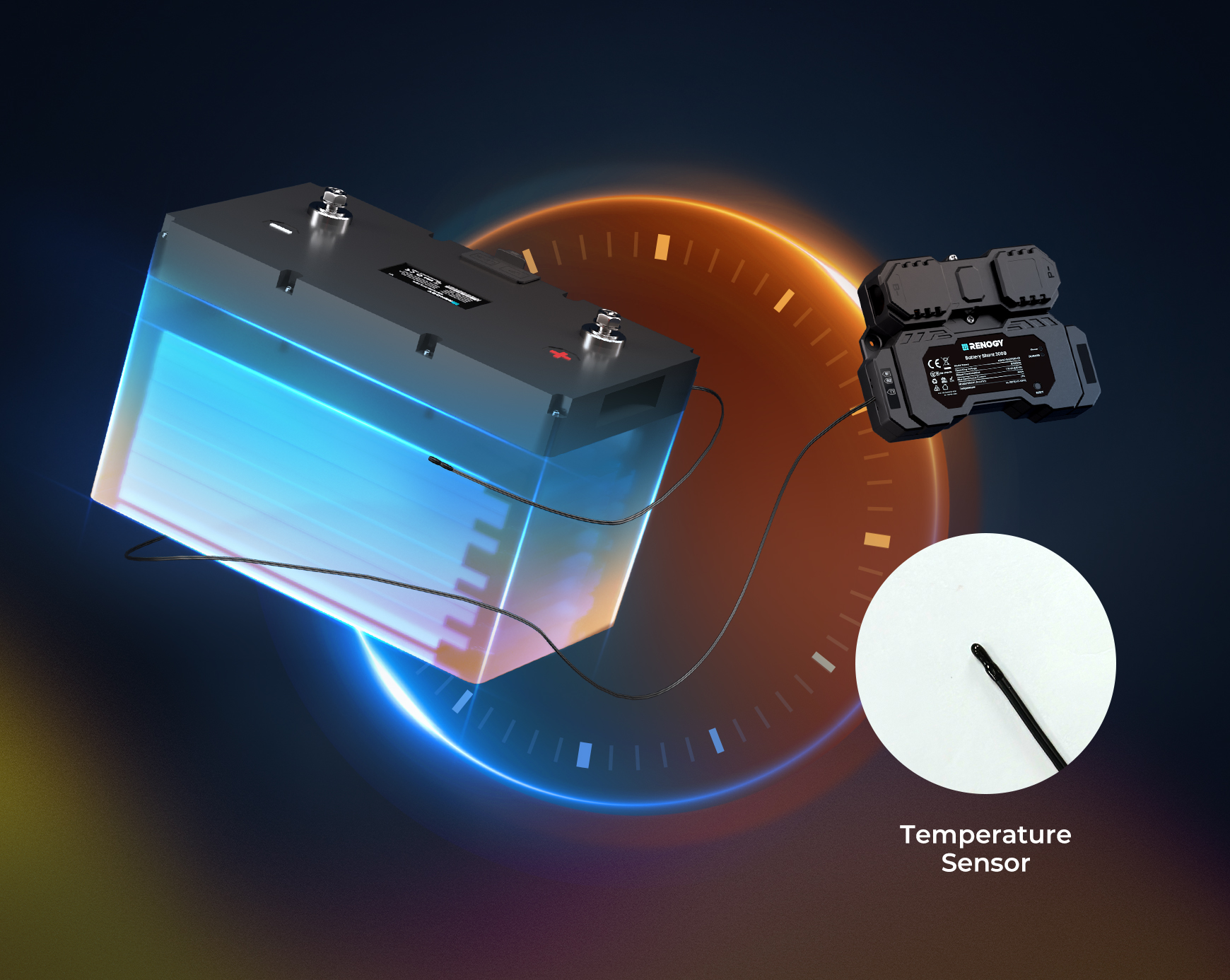

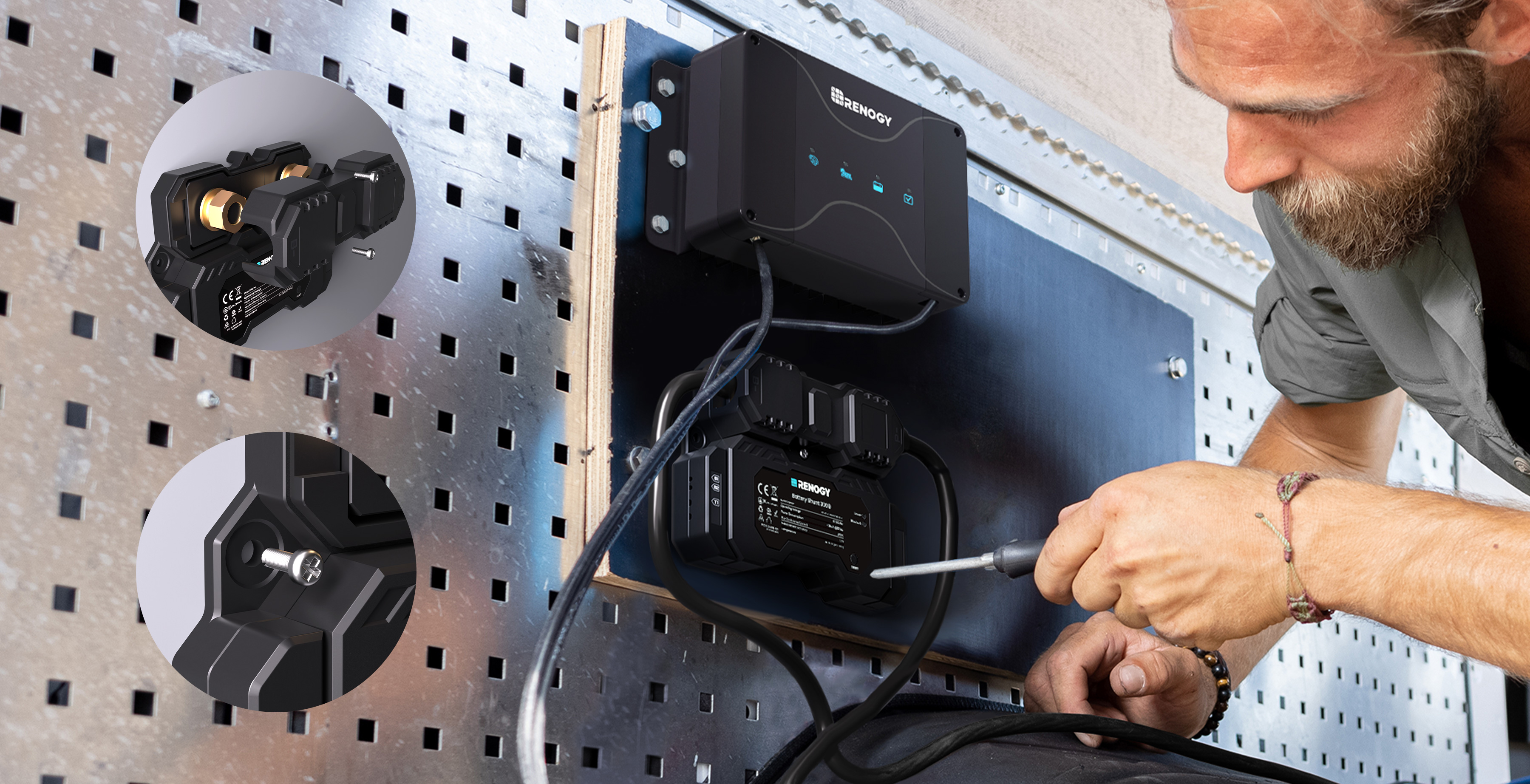

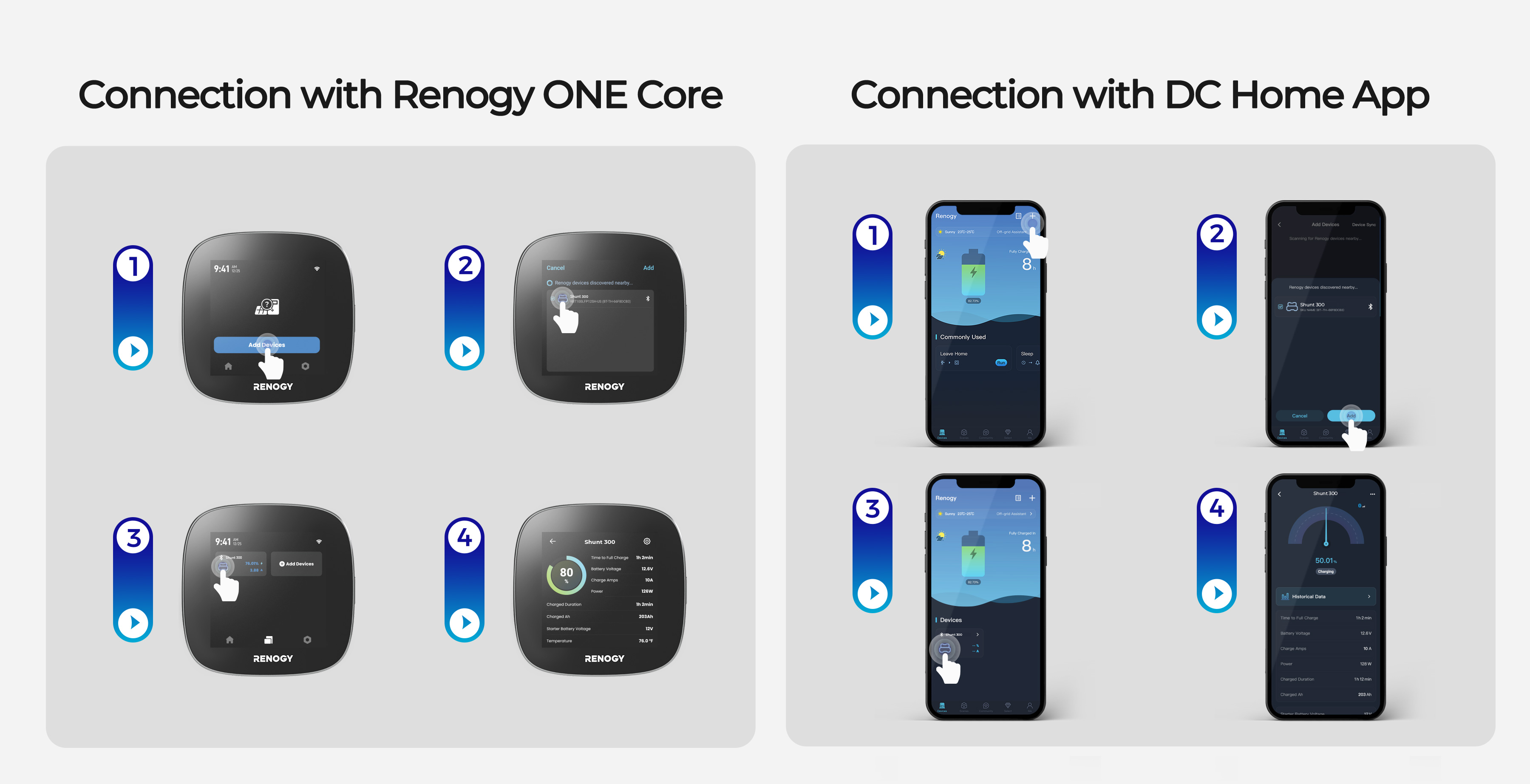

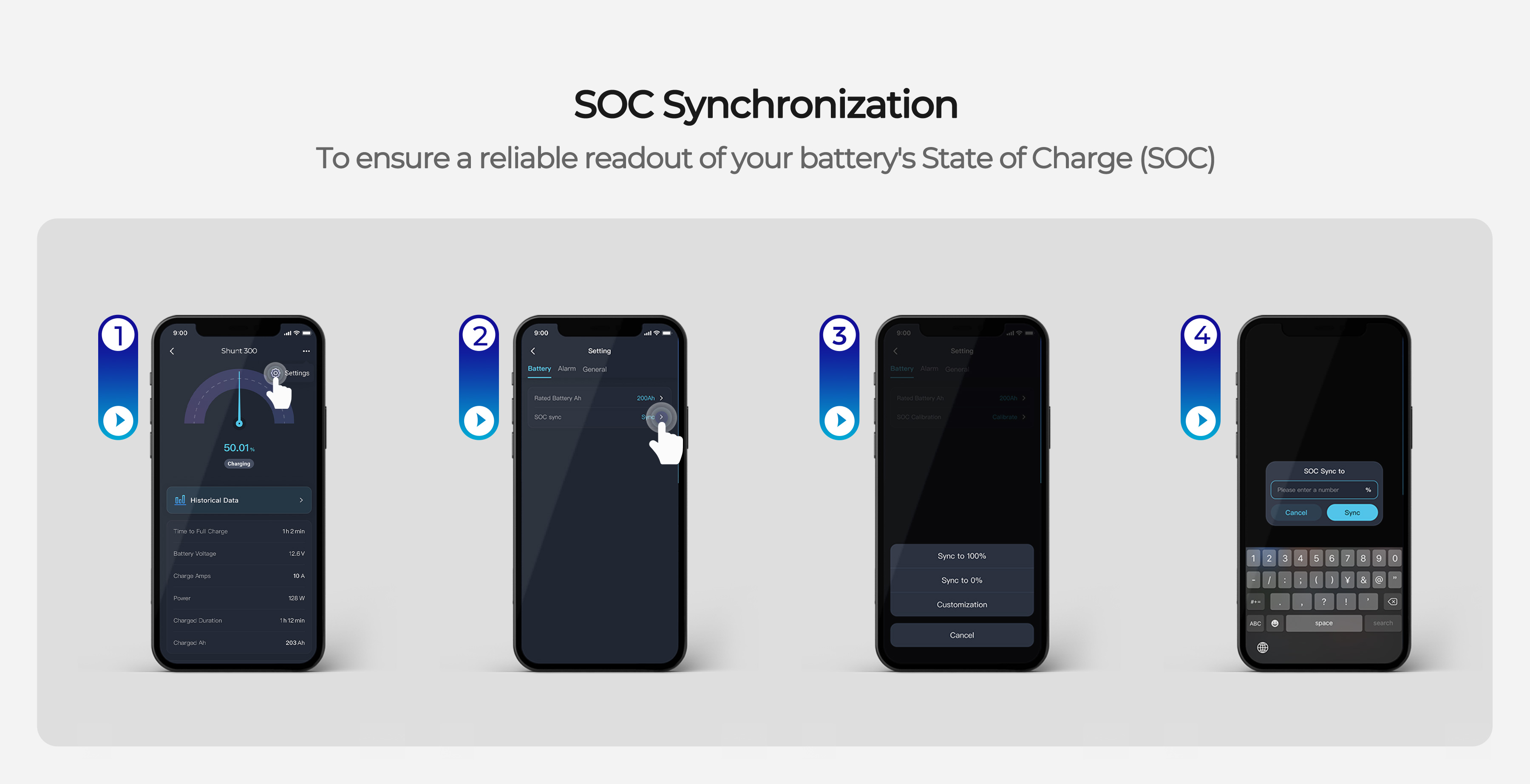



Package Includes
- Battery Shunt 300 x 1
- Quick Guide x 1
- Mounting Screws x 3
- B+ Wires (1 m) (22 AWG) × 2
- Temperature Sensor (1.5 m) × 1























Very well built and easy to wire and setup parameters. great product.
The manual doesn't include any troubleshooting or error condition identification. Example: Upon first hooking up the SS300 the device beeped once and the power LED flashed between amber and red. It took me a half hour to figure out the in-line fuse connected to the positive terminal on my lithium battery was damaged, creating an intermittent connection. Once I replaced the fuse the SS300 worked fine.
Create an account with us and you'll be able to: